Mushroom hunting is a rewarding way to get outside and learn more about nature. There are many different edible mushrooms in the United States, including tasty chanterelles and morels.
Mushroom hunting can also be quite dangerous – many mushrooms are very similar in appearance. It’s easy to accidentally gather the wrong mushrooms, with devastating (or even deadly) consequences. When in doubt, throw the mushrooms out.
IDENTIFY NEW PLANTS WITH PLANTSNAP
It’s best to learn about mushroom hunting and identification from an expert (or at least a detailed mushroom guidebook). Don’t just skim through a few photos and go out to sample the ‘shrooms – be thorough about your research into lookalikes, defining characteristics, collection, and storage.
Using staining and examining spores might be necessary to properly identify edible mushrooms – that’s why it’s important to get help!
Without further ado, let’s take a look at some of the common (and tasty) edible mushrooms of the United States!
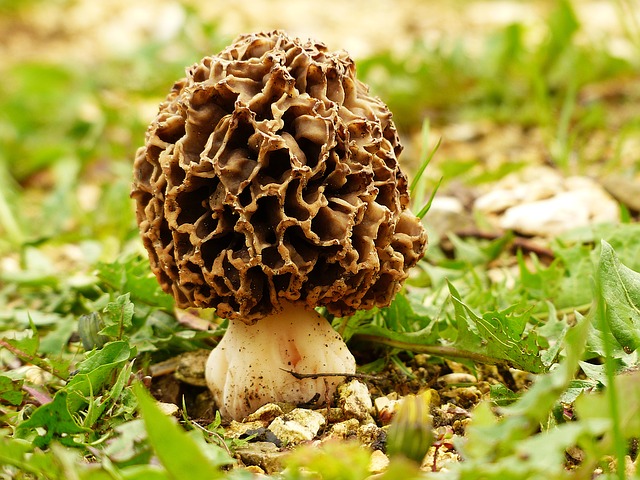
#1: Morel Mushrooms (Morchella esculenta)
Range: Found across much of the U.S., especially under hardwood trees in orchards, burn areas, and disturbed grounds.
Harvest Season: A short time in springtime – exact window varies based on location.
Identifying Characteristics: Distinctive “honeycombed” cap, deeply wrinkled and yellow-grey. Hollow through the center. 2 to 9 centimeters tall by 2 to 5 centimeters thick.
Dangerous Lookalikes: Few mushrooms share the same honeycombed top. When in doubt, throw ’em out.
Preparation: Strong taste, best cooked in butter and often paired with leeks.
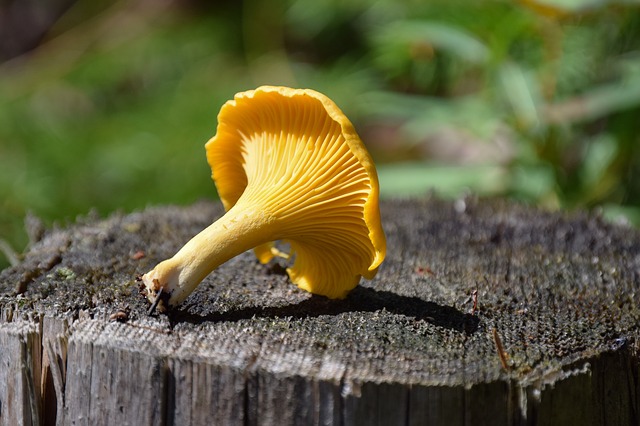
#2: Chanterelle (Cantharellus cibarus and more than 15 other species)
Range: Found across North America, Eurasia, Central America, and Africa, mostly in coniferous forests (but may be found in grasslands, mountainous birch forests, or beech forests depending on the location and specific species). They generally grow in clumps among the moss.
Harvest Season: Late summer through December, depending on the area and species.
Identifying Characteristics: Yellow or golden mushrooms, funnel-shaped, and meaty. Under the cap run gill-like ridges that run down the stem. Chanterelles may smell fruity, woody, or earthy.
Dangerous Lookalikes: The false chanterelle is darker (almost orangeish) and has a darker center that grades out towards light edges. It’s not dangerous, but tastes bad and might upset your stomach. Jack-o-lantern mushrooms can be confused for chanterelles. The gills of a jack-o-lantern mushroom are much thinner, deeper, and delicate than the smooth, blunt, and shallow gill-like ridges of a chanterelle. Jack-o-lantern mushrooms are toxic.
Preparation: Chanterelles often have a mildly peppery taste. They’re quite rich and often cooked with butter, wines, or creams.
#3: Fairy Ring Mushroom (Marasmius oreades)
Range: Widely distributed across North America. Prefers to grow in grassy areas such as lawns, fields, or even dunes. They often grow in the craters where stumps used to be.
Harvest Season: Summer and fall, may grow year-round in warm climates.
Identifying Characteristics: These small mushrooms grow in a ring or arc. The cap is generally 1 to 5 centimeters across. When young, the cap might be slightly inrolled but it becomes upturned as the mushroom matures. The cap is sometimes described as nipple-like, with a prominent center. The fairy ring mushroom is dry and bald, generally a pale tan or buff (but may be white). The stem is very tough (this is one of the most reliable identification characteristics for this edible mushroom) and may or may not be attached to the gills. The spore print will be white. Read more about identifying fairy ring mushrooms here.
Dangerous Lookalikes: Clitocybe dealbata is similar but does not have a tough stem. The gills are much more crowded than the fairy ring (which has well-spaced gills).
Preparation: Remove the stem, leaving the cap intact. Rinse with cold water if needed, then let dry. They don’t have a strong taste, so use more basic recipes to let their flavor shine.
#4: Sweet Tooth, Wood Hedgehog, or Hedgehog Mushroom (Hydnum repandum)
Range: Widely recorded in North America, Europe, Australia, and northern Asia.
Harvest Season: Summer and fall.
Identifying Characteristics: The wood hedgehog has spines or teeth on the underside of the cap rather than ridged gills – these are the defining characteristic of the species! Viewed from above, it is similar in shape to a chanterelle (but is pale orange-ish tan rather than golden in color). This mushroom bruises dark orange or yellowish brown. The cap is varied in shape, generally broadly convex and 2 to 17 centimeters across.
Dangerous Lookalikes: No poisonous lookalikes, though this species may be confused with related North American species Hydnum albidum and Hydnum albomagnum.
Preparation: The wood hedgehog has a sweet and nutty taste. It’s crunchy and can be frozen.
#5 Meadow Mushroom or Field Mushroom (Agaricus campestris)
Range: This species is found across North America, Europe, Asia, northern Africa, and New Zealand. It’s generally found in grassland and may grow alone or in a “fairy ring.”
Harvest Season: Spring, summer, or fall after rain.
Identifying Characteristics: The meadow mushroom has a white cap that’s 5 to 10 centimeters across. The cap is flat when the mushroom is mature. Underneath the cap, you’ll find pink gills in young mushrooms, reddish-brown in juvenile mushrooms, and dark brown gills in mature mushrooms. The stipe (stalk) is 3 to 10 centimeters tall. The flesh of the mushroom bruises to a reddish brown color and the spore print is dark brown.
Discard any specimens that do not have the distinct pink gills. Take extra caution with white mushroom species – there are fatal lookalikes.
Dangerous Lookalikes: This species is closely related to several species – some are deadly, others are edible. Amanita virosa is deadly and resembles the meadow mushroom when it’s young. Just one cap is enough to kill a person. The gills of the deadly Amanita virosa are white, as is the spore print. Amanita bisporigera and Amanita ocreata are also toxic lookalikes found in North America. A. ocreata can be identified by whitish gills and white to pinkish fruiting bodies. A. bisporigera also has white gills. These mushrooms are some of the most poisonous known mushrooms and cause liver failure. They’re collectively known as “destroying angel mushrooms.”
Other lookalikes include Agaricus xanthodermus, which causes gastronomical upset and can be identified by a yellow stain that appears in the stipe (stem) when cut, and Agaricus arvensis, which is also edible. Agaricus arvensis has white gills (like the deadly Amanita virosa) when young, but they become a dull chocolatey color in adulthood. Agaricus arvensis often smells similar to anise. These lookalikes highlight the reason that it’s so important to get help from an expert when learning to identify mushrooms!
Preparation: This mushroom tastes much like the button mushroom, but has a shorter shelf life. It’s tasty when sauteed, fried, or even raw on salads.

#6 Shaggy Mane Mushroom, Lawyer’s Wig, Shaggy Inkcap, or Maned Agaric (Coprinus comatus)
Range: Grasslands and meadows across North America and Europe.
Harvest Season: June through November, depending on temperature.
Identifying Characteristics: This species is only edible when immature – before the gills turn black. It’s got a shaggy cap that droops over much of the stem when young and is covered in loose scales. The gills rapidly turn from white to pink to black. This species must be harvested before the gills turn black.
Dangerous Lookalikes: The maned agaric can be confused with the common ink cap, which can induce vomiting, diarrhea, and other unpleasant symptoms if eaten within a few hours of consuming alcohol. The symptoms can be frightening but will subside without further consumption of alcohol. The severity of these symptoms is generally proportional to the amount of alcohol consumed.
Preparation: This mushroom carries lots of water, making it a good addition to soups and stocks, including risotto.
#7 Hen of the Wood, Ram’s Head, Sheep’s Head, Signorina, or Maitake (Grifola frondosa)
Range: This mushroom is found at the base of trees, especially oak trees in China, Japan, and northeastern North America. It has been reported as far west as Idaho.
Harvest Season: Late summer to early autumn after rain. This is a perennial mushroom that often grows in the same place year after year, but only for very short lifespans.
Identifying Characteristics: This tuber-like mushroom grows in a large clump that some describe as coral-like. The caps are greyish-brown that are curled or spoon-shaped. The mushroom can grow up to 100 pounds in Japan, but is often much smaller. Stipes (stalks) are white and branching. They become quite tough as the mushroom ages.
Dangerous Lookalikes: There are no toxic lookalikes to the Hen of the Woods, but it may be confused with Meripilus giganteus, which is also edible. M. giganteus is thicker and stains black along the edges.
Preparation: Harvest with a knife – cutting this mushroom requires a large one. Harvest when the mushroom is young for best flavor and texture. This mushroom is common in Japanese cuisine and is tasty sauteed in butter or olive oil, or as part of many dishes.Visit Site
#8 Bear’s Head Tooth, Monkey’s Head, Pom Pom, Bearded Hedgehog, or Lion’s Mane Mushroom (Genus Hericium)
Range: These species are found across the world, particularly in the north in alpine forests or deciduous forests. Like many other mushrooms, they grow well in shaded areas on rotten logs.
Harvest Season: Autumn.
Identifying Characteristics: This mushroom may resemble hundreds of tiny icicles dangling from a log or from the sturdy stalks of the mushroom. It’s quite distinctive. All white parts of the mushroom are edible.
Dangerous Lookalikes: All four species found in North America are edible. Dangerous lookalikes may exist in other parts of the world.
Preparation: Cook in butter or use in soups later in the winter.
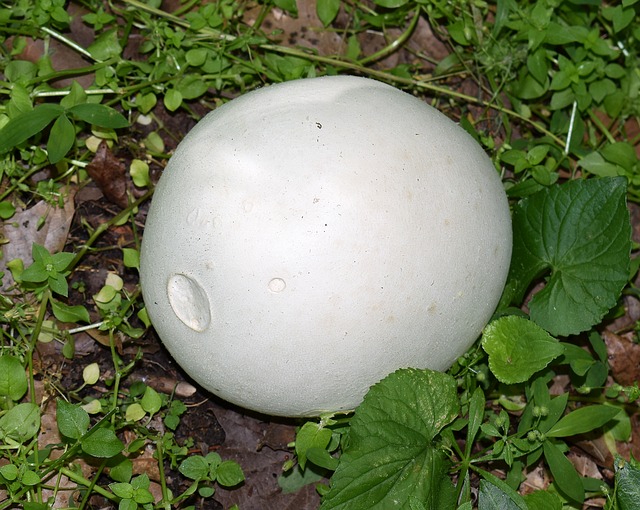
#9 Giant Puffballs (Calvatia gigantea)
Range: The giant puffball is found in temperate areas around the world, mostly in meadows, fields, and deciduous forests.
Harvest Season: Late summer to early fall.
Identifying Characteristics: Giant puffballs generally grow 10 to 50 centimeters across, though they reportedly can grow up to 150 centimeters across! The inside of a mature giant puffball is greenish brown. They’re edible when young, when the inside flesh is white rather than greenish brown. They’re dangerous to eat when mature!
Dangerous Lookalikes: All true puffball species are edible when young but toxic in adulthood. Cut them open to ensure they’re white before eating. The trouble is that puffballs may resemble many other species of mushroom when young, including some very toxic species. To tell them apart, cut the mushroom open. Puffballs will have a solid white interior, while lookalikes may be other colors. Other toxic lookalikes have a white interior but show the silhouette of a cap or gills when cut – ensure that these are absent before eating.
Giant puffballs may also be confused with earthballs, particularly in the U.K. Earthballs are darker on the inside early in development – but may still be white when young. The skin of an earthball is firm and punctuated with wartlike bumps. Ensure that the puffball is smooth, has a stem, and is white before eating. When in doubt, throw it out!
Preparation: Do not wash – this fungus will soak up water. They can be stored for a few days in the refrigerator without losing much quality.
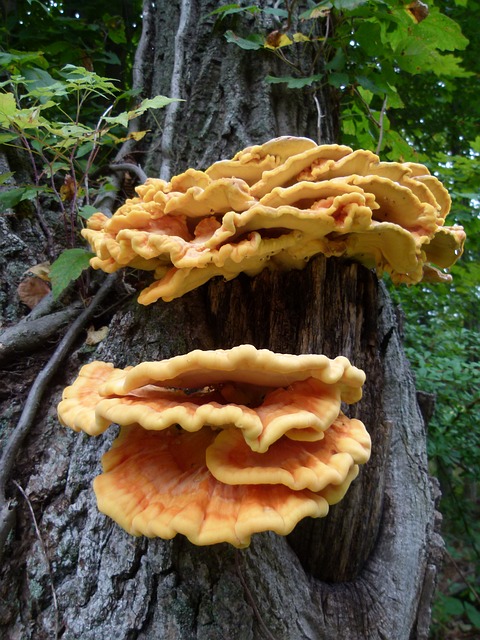
#10 Sulphur Shelf Mushroom or Chicken Mushroom (Laetiporus sulphureus)
Range: Grows on dead or adult oak trees and several other species of hardwood, especially east of the Rocky Mountains.
Harvest Season: Generally summer, but can be found spring through summer if the climate is right.
Identifying Characteristics: This bracket mushroom does not have gills. It’s large and orange or salmon-pink on top, with a bright yellow underside. They grow in clumps along a variety of trees – primarily oak. Be sure you can identify the host tree accurately.
Dangerous Lookalikes: This species might be dangerous to eat if growing on certain trees, if eaten when it’s old, or improper cooking. Taste small, young, well-cooked bits before digging in. Specimens growing on several species of tree (pine, juniper, spruce, hemlock, eucalyptus, locust, fir, or tamarack) are particularly suspect – avoid them. If you can’t identify the tree for sure because it’s dead, play it safe and skip the ‘shroom. Sulphur shelf mushrooms growing on the tree species listed are actually a different, toxic, species.
Preparation: Only the young caps of this mushroom are soft enough to cook – don’t bother with the tough stem or older specimens. They’re known for a rich, meaty flavor.
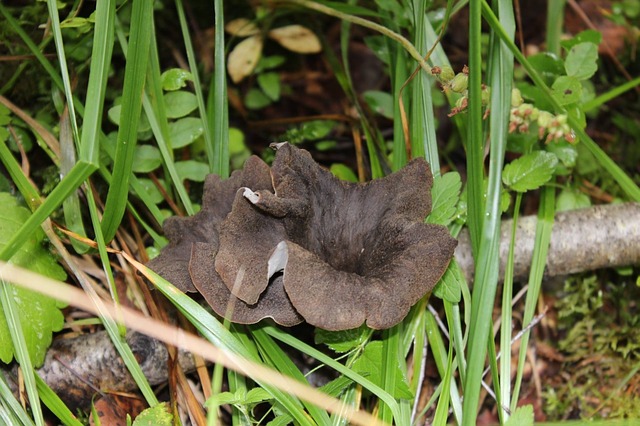
#11 Black Trumpet Mushroom (Craterellus cornucopioides and related species)
Range: Across North America, especially in mossy hardwood forests (oak and beech are favorite neighbors). They often grow near washes and streams, preferring damp and dark areas.
Harvest Season: Summer and fall, through the winter in southern areas.
Identifying Characteristics: These mushrooms grow in leaf litter and can be very hard to spot. They grow in clusters, though, so if you find one, you’re in luck! The cap of this mushroom is inky black, dark brown, or grey and vase- or trumpet-shaped. The underside is smooth with no gills, pores, or teeth. The top of the cap might have small scales, but the texture overall is smooth or slightly wrinkled.
Dangerous Lookalikes: None – this species is a good one for beginning foragers! The black urn mushroom is cup-shaped and not poisonous, but definitely not tasty!
Preparation: These mushrooms have a rich, smoky flavor. Wipe clean, as they’re often quite dirty. A quick rinse is ok, but don’t drown them! They hold their flavor well if dried. They’re delicious sauteed with garlic and oil, or powdered on soup or grains.
When it comes to mushroom hunting, be sure to keep the Dunning-Kruger effect in mind. This effect reminds us that we often have high confidence in our skills when our skills are in fact low, and only become humble when we realize how complicated something is!
Be sure to get help from an expert and use gills, spore prints, and cuttings to identify mushrooms properly. There may be some dangerous lookalikes in your area, so local expertise is a must!
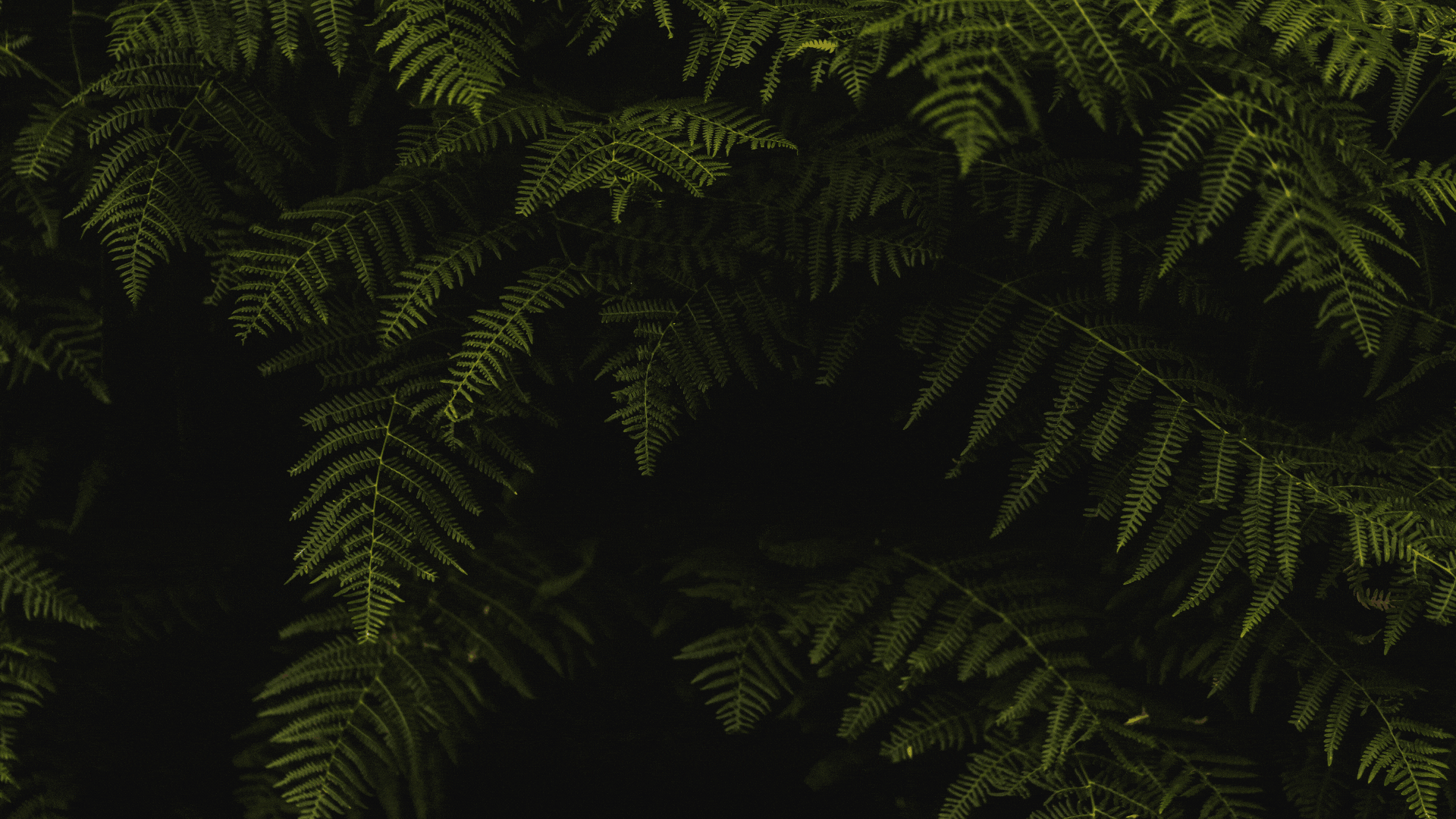
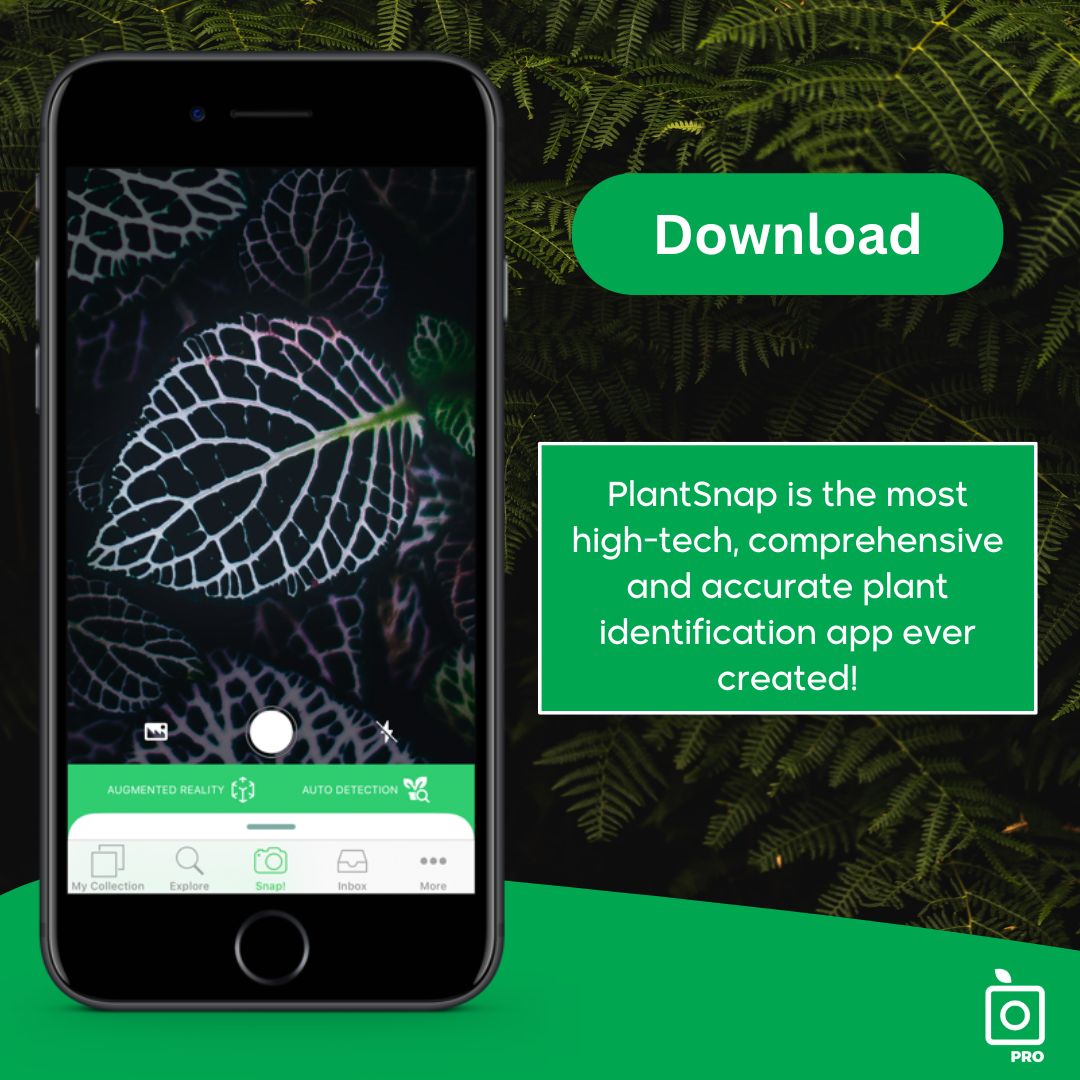
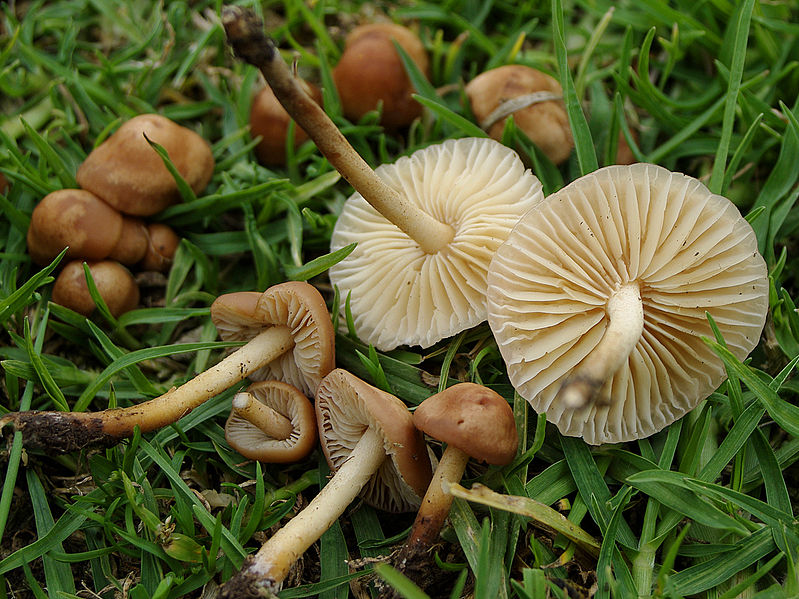
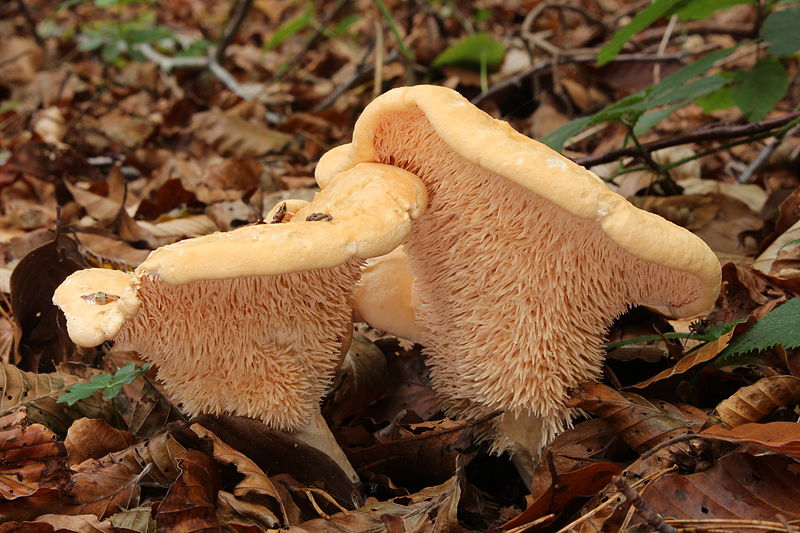
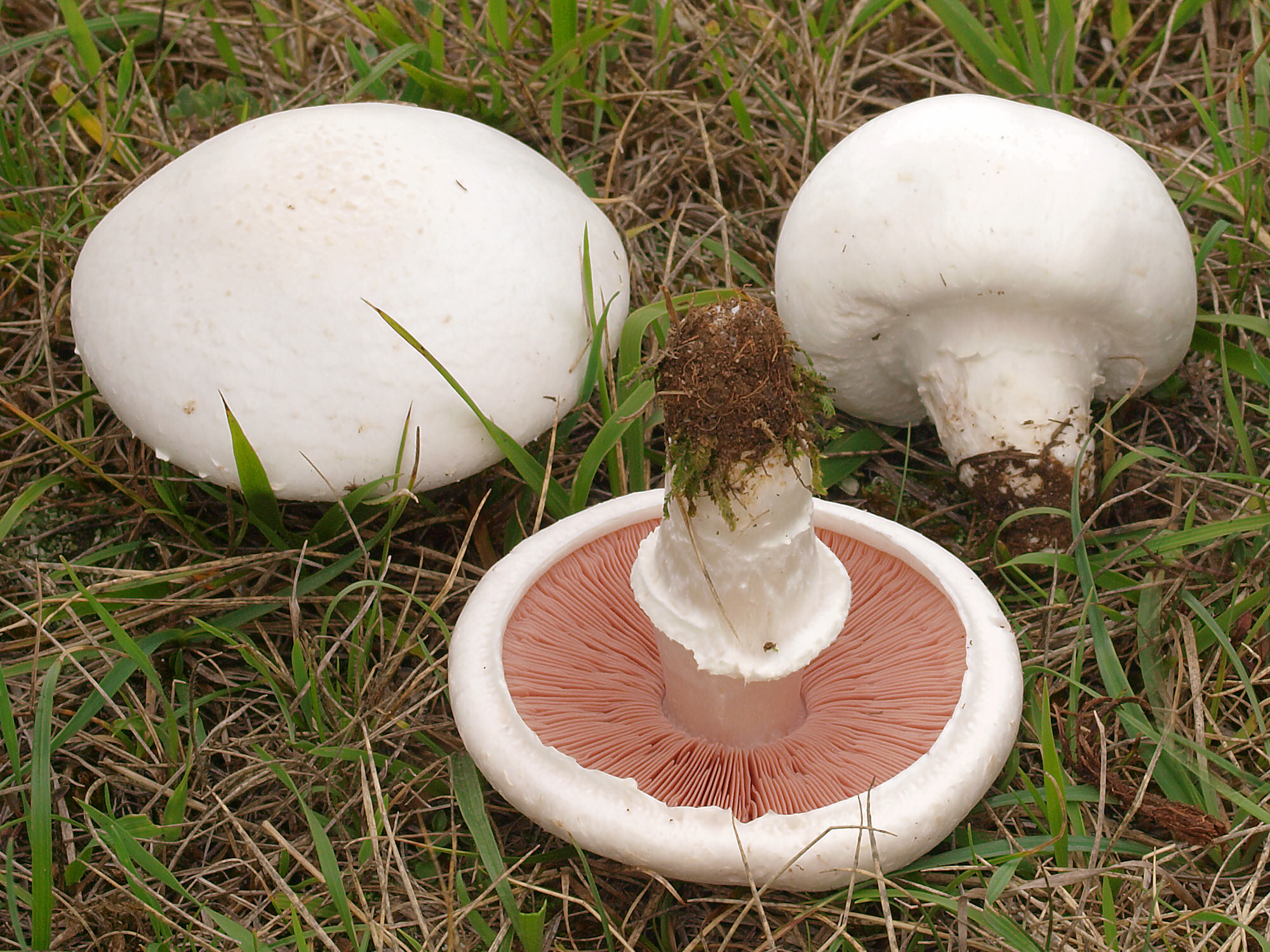
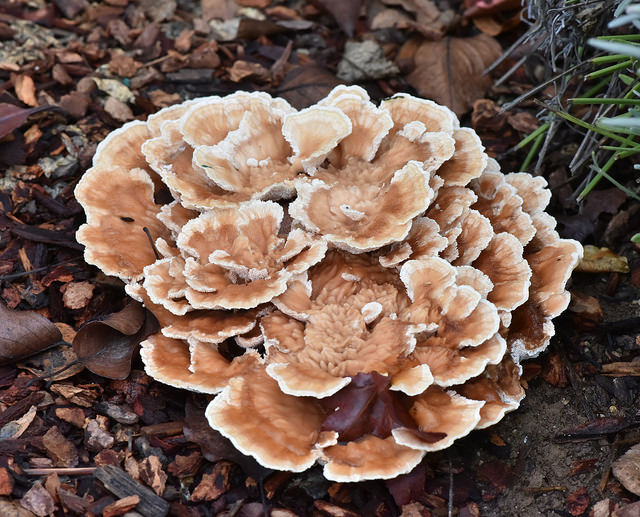
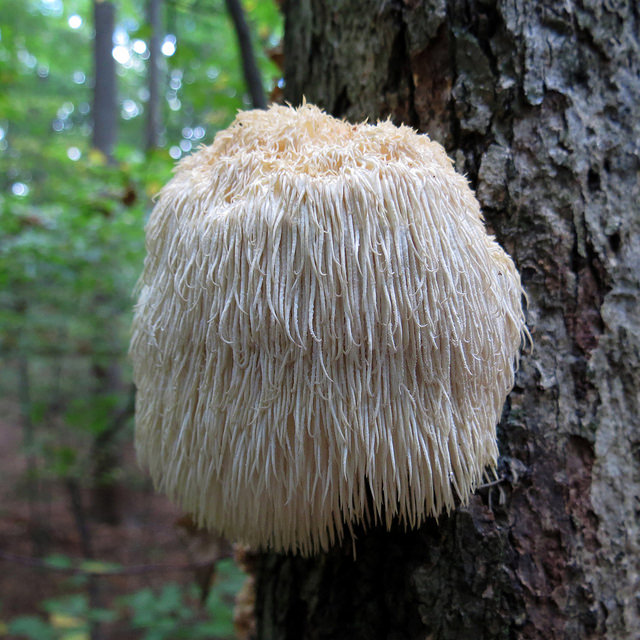










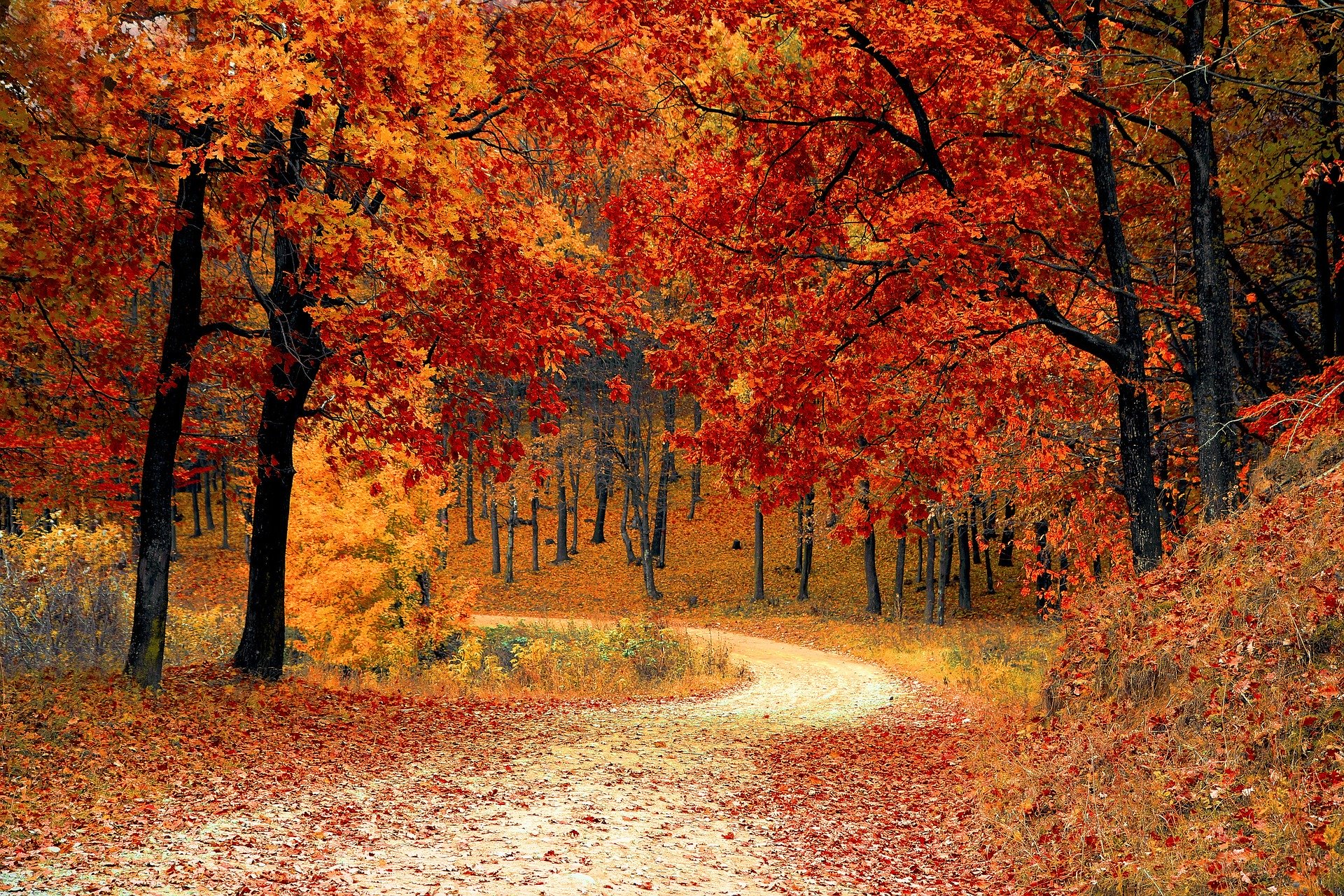
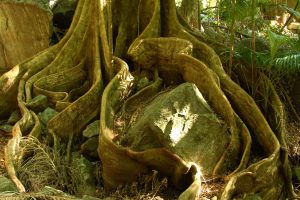

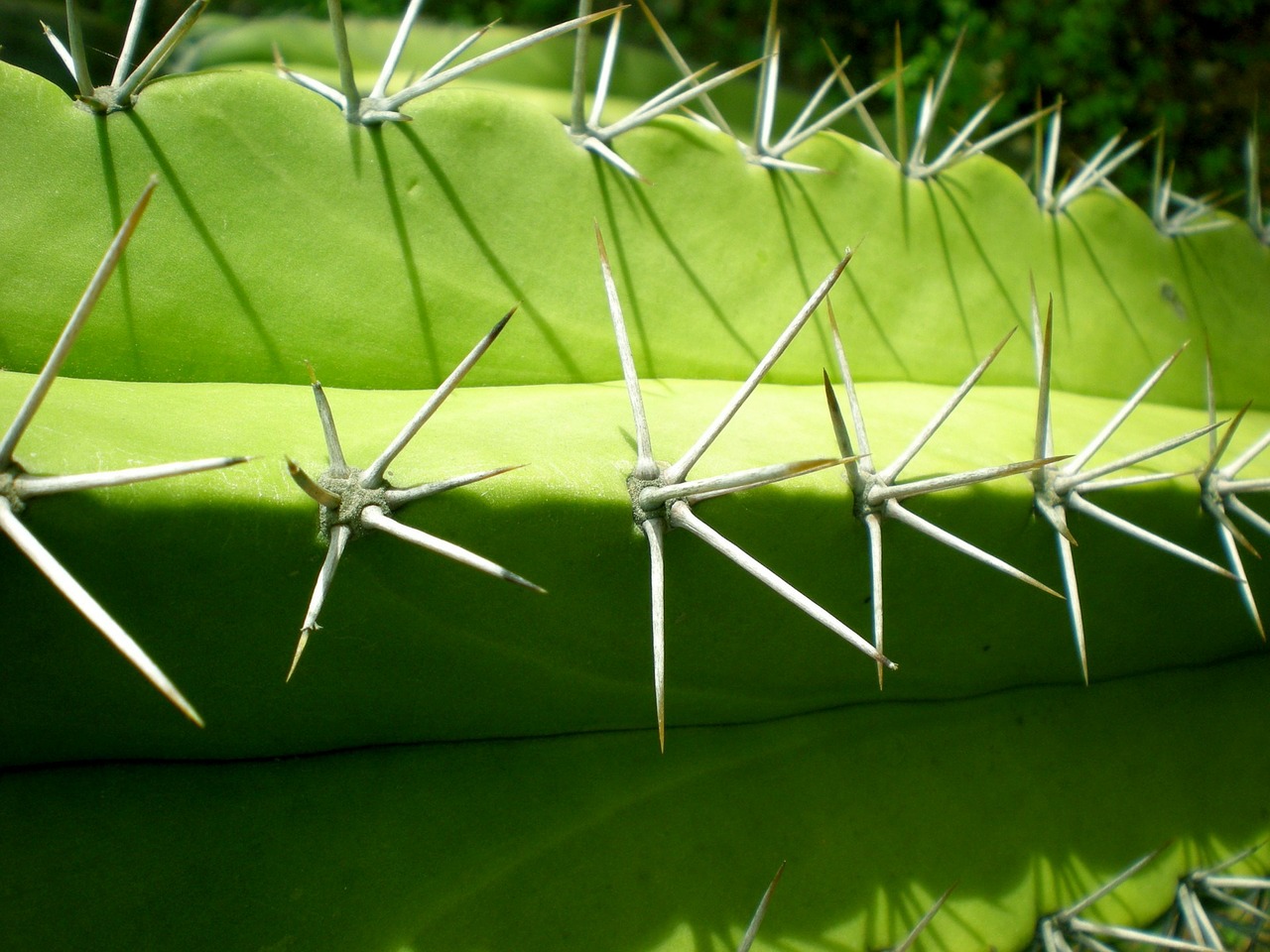
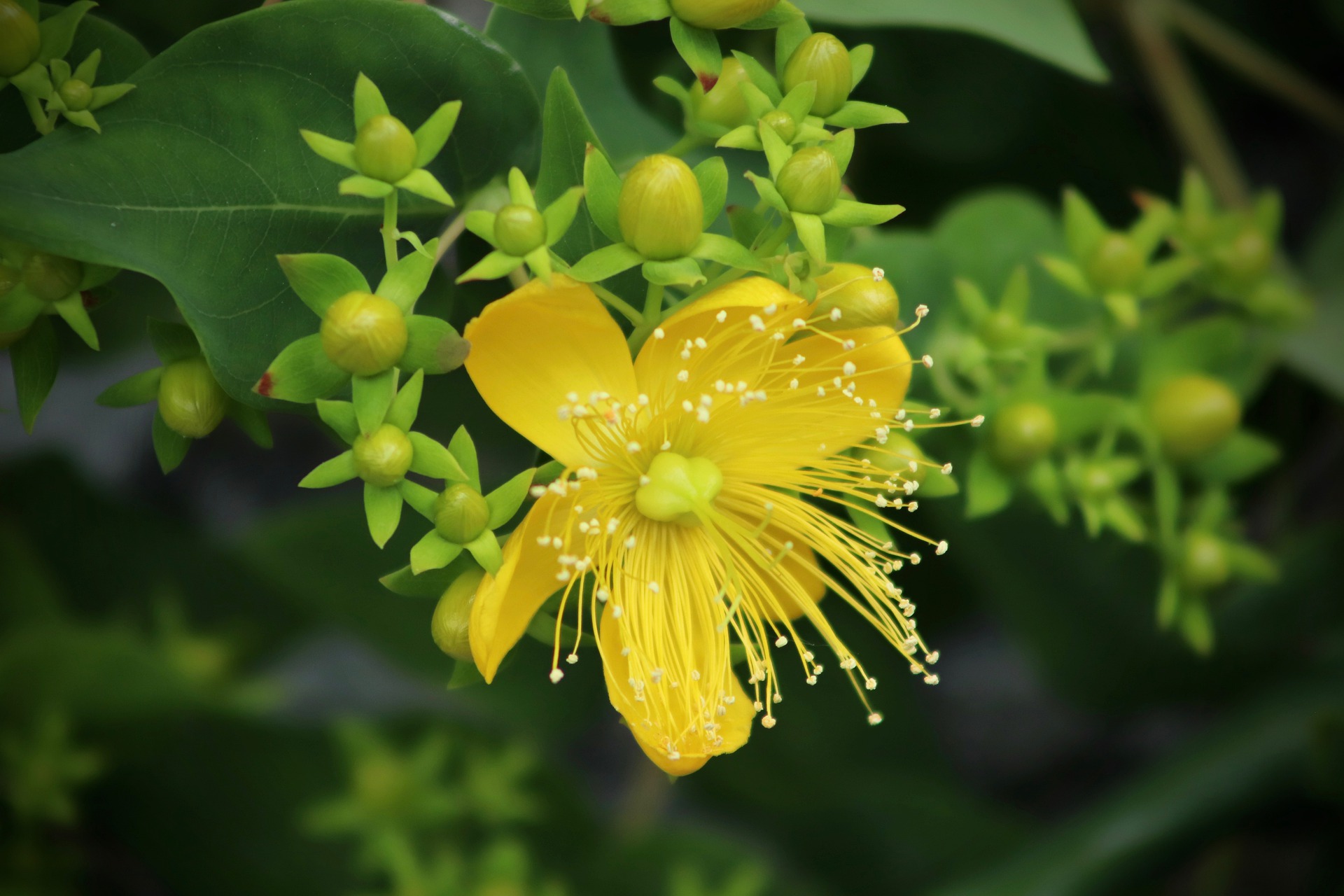
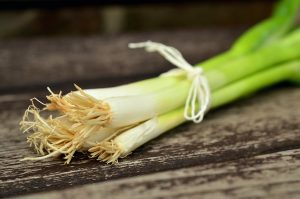
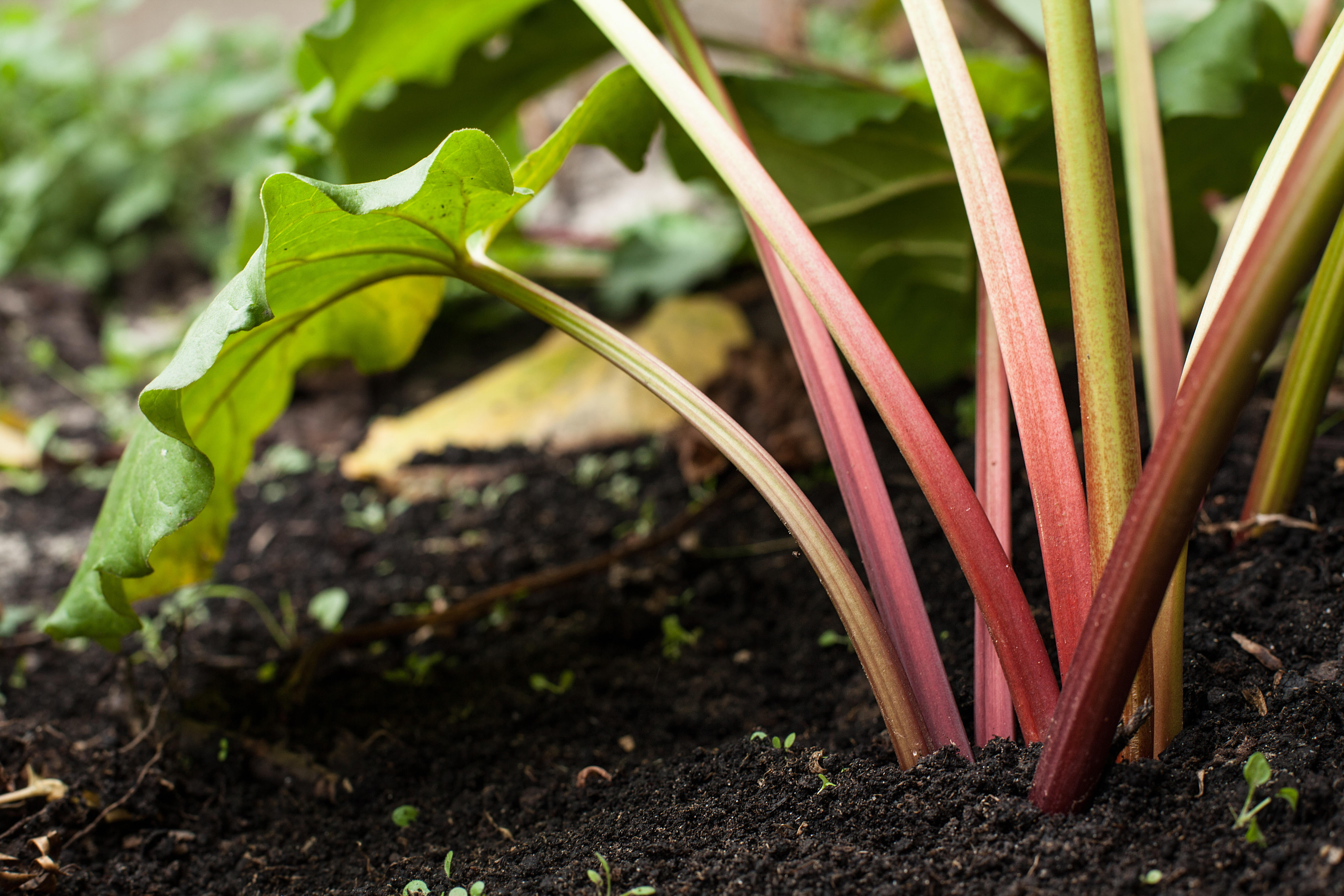

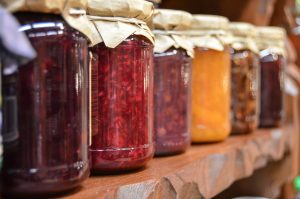
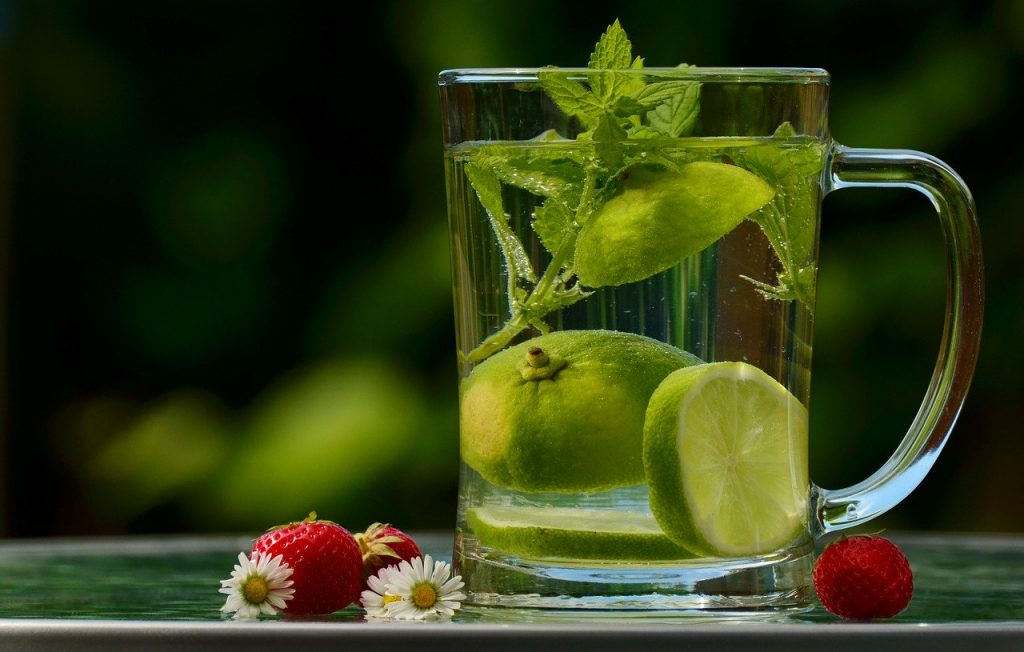
Dangerous Lookalikes: None – this species is a good one for beginning foragers! The black urn mushroom is cup-shaped and not poisonous, but definitely not tasty!
Do you really mean to say NOT tasty?
Cool mushrooms! Add baby bella mushrooms and portabellas!
yeah I know
What I see missing in the discussions of “Is this (fill in the blank) edible?” is that even mushrooms that are generally edible may have bad effects for different individuals. I’m not an expert mycologist, but I’ve taken many classes and have a fair amount of experience. I once harvested a mushroom that was very clearly identifiable–no look-alikes–and considered edible by reputable mycologists. I cooked it very thoroughly and ate a very, very small portion with dinner as a test. I got very ill and thought I might have to go to the ER, but I waited out the night and slowly got better by morning as it worked its way out of my system, I guess. So the cautionary tale for me is 1) be sure you know what you’ve harvested, 2) cook it thoroughly, 3) eat a very small portion, and 4) don’t eat more of the same mushroom for a few days. And keep the remainder if you do have an adverse reaction so you can show Poison Control if necessary!
M.p
I am not that familiar with different species of mushrooms but recently I discovered one in my backyard which was all red and looked like the covid-19 pictures. In trying to locate what variety it was I haven’t seen a picture listed. I live in South Florida.
I dont remember what it’s called, but I think I know what mushroom you’re talking about, dont eat it, because if I’m right it will probably kill you
It’s probably an amanita muscaria which is poisonous. It won’t kill you but you’ll definitely get sick.
Aminitas mascaria, hallucinogen.
Two groups of chantrelle mushrooms popped up at the based of a peach tree stump in my backyard. It took me a while to identify them. They are delicious. I have so many I am going to share with friends. I think I need to print out a pic. and description before I do
I would like to know what kind of mushroom I have. It is white with brown gills. Stains brown
Today I was outside saw white puff ball mushroom 🍄. Growing not far from a large tree in my yard. I know when I. Dought leave them alone. Are poisonous? I just want to know
Some creatures are immune to there poison and some bugs lay there eggs on them, however bugs would be wise to avoid the deadly death cap because it produces adhesive liquids on its cap
Some are and some are not. Don’t eat it until a pro teaches you to identify it.
Is it true that if worms eat them or beetles are on them then they are not poisonous. Surely nature would not eat poison would they?
Deer can eat acorns and, you cannot, without soaking them in water to remove tanic acid. Many creatures can eat, what would kill you
Nature takes of nature. People have to use there brains and, training to stay alive. This is an old corpse’s tale IMHO LOL
Not true. Some animals can eat things that are poisonous to humans.
What’s toxic to humans ain’t necessarily toxic to other animals/bugs, etc.
I found a mushroom in my garden I have never seen before. I cannot find a picture that looks like it either. The stem is hollow white, the top is gray/green encasing the entire top half of the stem, and there is a small white button on the top. what is it?
I believe you’re describing Phallus impudicus!
For years in my college days I studied & hunted mushrooms but soon realized not easy to learn & would not let children along on hunting trips. A girl friend whom I personally educated ate,(to impress a friend) a baseball field mushroom while playing softball. She came home sick in stomach we have here a common fairy ring mushroom Molybedon? Which I showed her stains in color when bruised. A particular Lactarius shroom I felt confident to pick. Once found Old Man of the Woods ….ugly mushroom but labeled very tasty. Nibbling on just a small piece of yellow mushroom. Testing; taste, chew small piece, wait, swallow a small piece, wait….got alarmingly sick with swollen wrists & ankles & a rash Combined with ‘heat exhaustion’ thought I was going to pass out before reaching car… I hiked alone during heat of the day, 3pm. With not enough water.
Mushroom foraging is a lot of fun. Beware, there are many lookalikes that are poisonous. Try to go with an experienced forager or take some mycology classes. I personally pick 10 different kinds, some pictured and others not. I’ve been foraging for 40+ years.
lol “giant puffballs”
What’s wrong with that term? I’ve seen them the size of exercise workout balls
Agreed, Jesi. I have one that was three feet in diameter that I sliced and interleaved with waxed paper to keep in my chest freezer to use regularly in soups, stews, and on pizza.
So I found this huge mushroom or something in my yard what is this and is it edible? Please let me know how can send u a picture of this
Some giant mushrooms can only be eaten when they are young. It takes more than a pic in most cases. Things like brusing, spore pattern, spore color, smell, inside color, hollow stem, hollow cap, gills, fake gills, gills that go down stem,gills that don’t touch the stem, pores, etc… Find a pro, in person if it has deadly lookalikes for sure! Never eat anything, until you can also identify the false variety, is a good rule.
these are growing on an old apple tree. are they edible??
I love mushrooms but Im gonna do my pickins in the grocery store. Knowing me I would probably end up picking poison. I be SAFE rather than DEAD or SICK 🙂
Deb, not sure where you live but join a mushroom hunters club in your area. You learn how to identify and prepare. It’s informative, fun and nothing like hanging with a group of people with like minds.
Don’t be scared. The hunt is super fun and rewarding. Nature is a great place for inner therapy. Collect some, do spore prints (they’re beautiful I do them on canvases for art), take notes, I’ll see you with the rest of the myco heads later
What are spore prints? Sounds interesting!
AZ mushrooms? What do they look like and are they edible?
Ok I live in Wichita ks. There is some mushrooms that grow in my yard. They are white and I believe brown on the inside. How do I tell if I can pick them and eat them?
nO DONT EAT THEM. EVERY YEAR SOMEBODY DIES BECAUSE THEY ATE A BROWN MUSHROOM IN THEIR YARD.
iF you don’t know stick with the easy 3 Hen of the woods, chicken of the woods, and morels. There are no
killer look alikes. for them. There is a false morel. Cut yours in half if it is not hollow toss it.
o
There is not near enough description. You should never eat any mushroom you have not been taught how to fully identify, in person, preferably. There are a lot of deadly white mushrooms (cause liver failure). Some ore ok young but not as adults. Others are just deadly. Start with easier mushrooms that have fewer false varieties like morels or black trumpets or, find a pro, in person for white mushrooms. There are also mushrooms with no deadly lookalikes, but they will make you sick.
I want to know if the ones on the cover are edible and the name??
It is morels and edible.
Why does my mushroom identification app tell me that Chicken of the Woods is toxic? I thought laetiporus sulphureus was a choice edible?
Morels all have hollow stems. They are many varieties. The cover is greys. 2nd pic is blond. There are also black, brown and half morels (cap is not attached to stem). All are edible if cooked.
The false morel AKA Beefsteak does not have sharp ridges. It is also reddish. It looks more brain like or mass of worms. It is risky to eat them due to varying ammounts of MMH, if you live in the Americas. Nordic countries sell them at the grocer. I think they look nothing like morels.
If you are talking about the yellow mushroom on the stump in pick. Just as you click to I po en up this page. That’s a chanterelle mushroom. And yes they are edible. Make sure they dont have gills, but more like folds that extend down the stem just a bit. Very tasty. If it has gills that stop at stem, it’s a false chanterelle. Oh and the edible ones also come in white
Pleurus djomor, commonly known as pink oyster mushroom, is a species of fungi in the family pleiotesses.
The mushroom shown for grifola frondosa (maitake/hen of the woods) appears to be a photo of Berkeley’s Polypore. A different, edible but not choice edible, mushroom
They make great burgers! I also agree but I see no staining so it’s up in the air
It’s actually Abortiporus biennis. Might not be poisonous but is certainly not considered as food.
The photographer changed it on his Flickr account and on iNaturalist, I contacted PlantSnap directly many weeks ago, etc.
I thought it looked a little off.Good looking out! I pick dozens every year on Long Island.